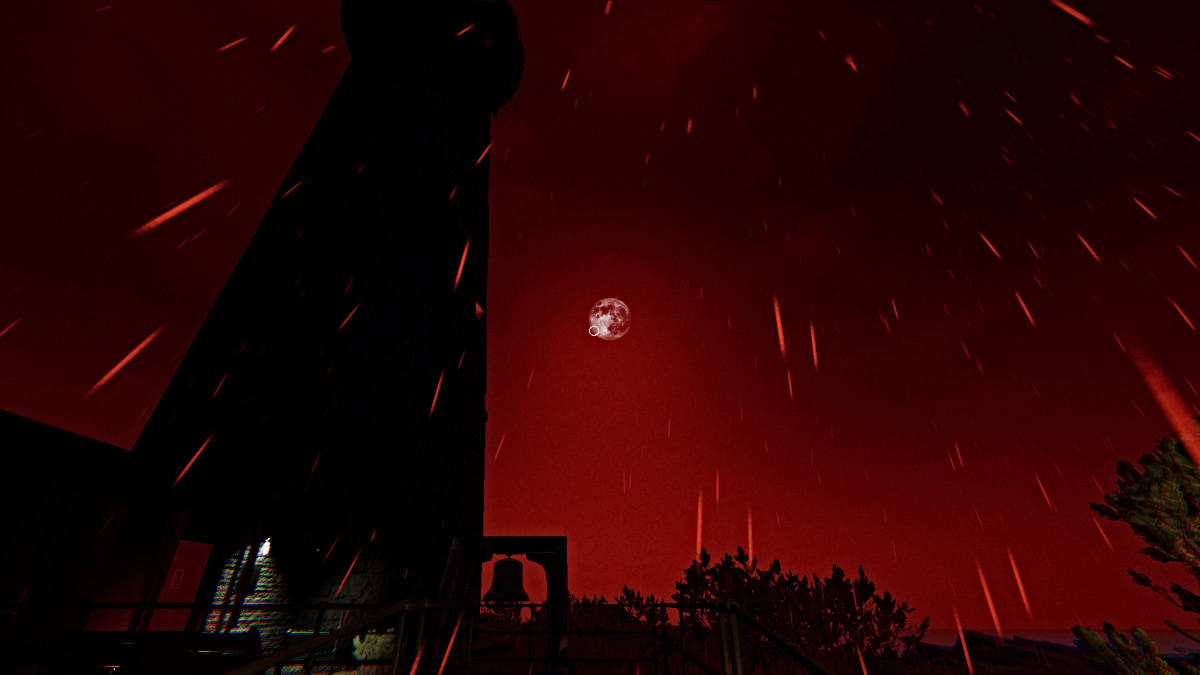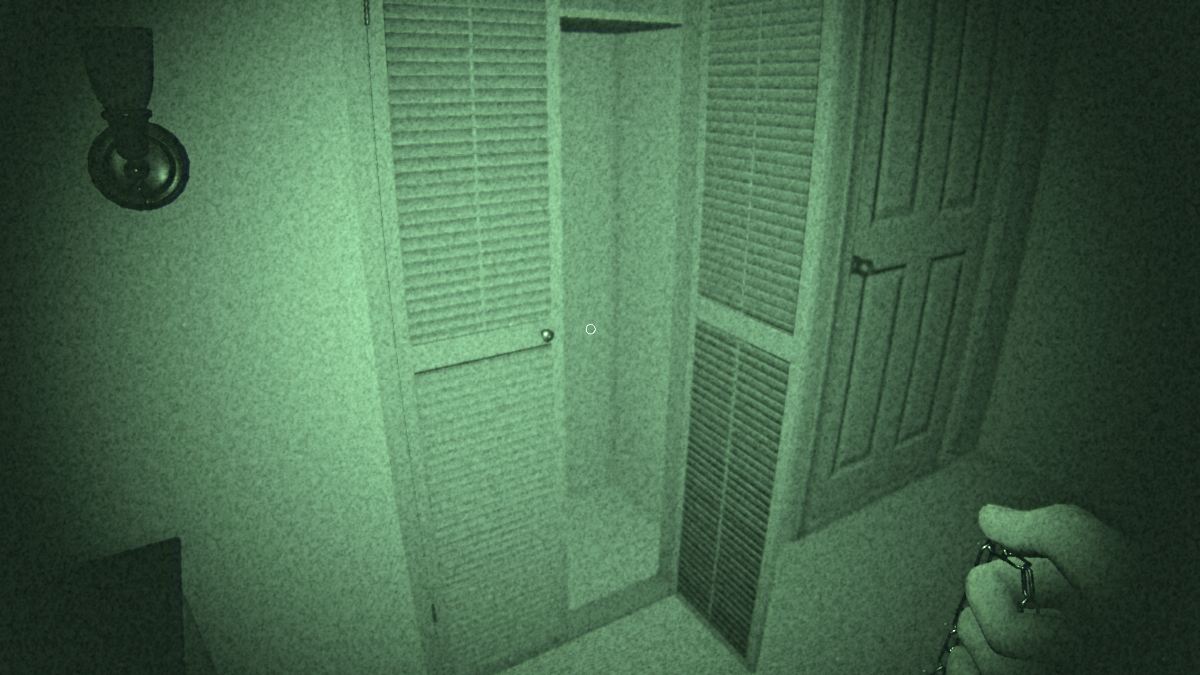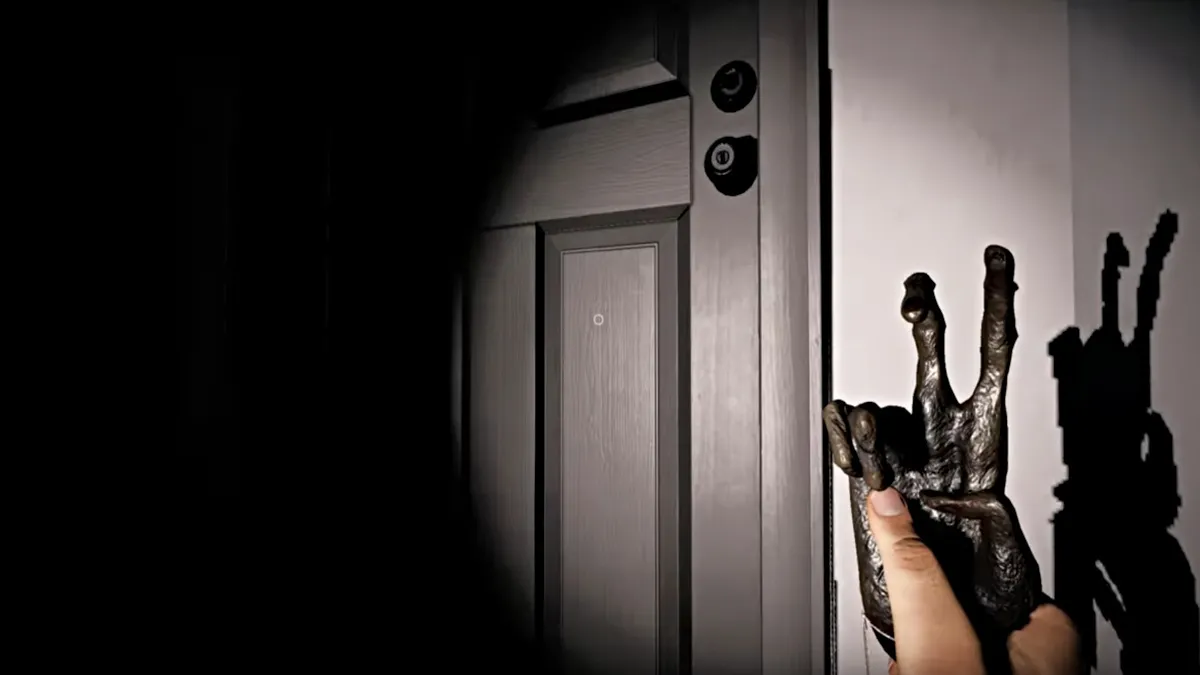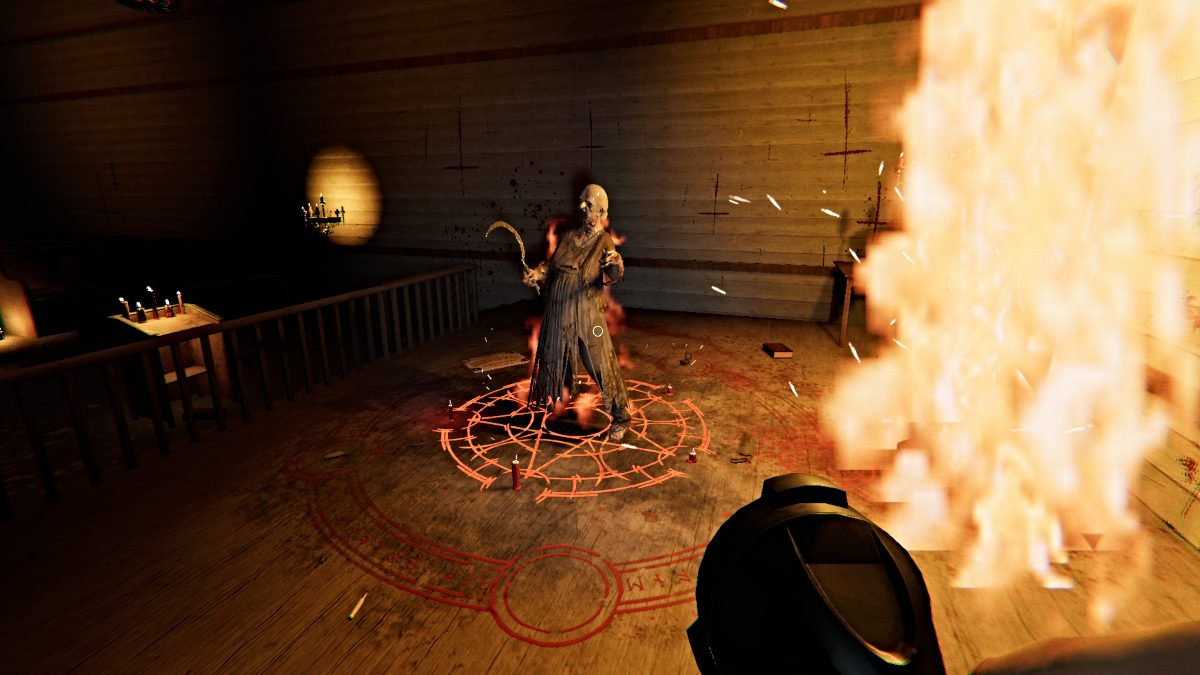Revised November 2025
Expanded insights on spectral velocities and defensive tactics against rapid entities.
Confronting spectral entities in Phasmophobia requires strategic awareness of their mobility. Varied apparitions possess distinct movement characteristics, making velocity comprehension vital for survival. This guide outlines essential mechanics governing ghostly locomotion.
Key Mechanics
- 24 entity types with tripartite classification: Sluggish (1.7 m/s)
- Baseline velocity: 1.7 m/s compared to human ambulation at 1.6 m/s
- Sprint mechanics: Burst speed of 3.0 m/s (3s duration, 5s recharge)
- Visual acceleration: Gradual speed increase to 2.805 m/s over 13s of sustained visibility
- Lunar phenomenon: Celestial events boost all velocities by 15% with permanent effect
- Velocity extremes: Moroi (3.71 m/s at minimal sanity), Revenant (3.0 m/s pursuit), Deogen (3.0 m/s long-range)
- Dynamic adjustments: Six entities alter speed through environmental interactions
- Investigative utility: Stride intervals assist identification when traditional evidence remains elusive
Comprehensive Spectral Velocity Registry
Phasmophobia’s 24 spectral entities exhibit three primary velocity classifications. Sluggish variants operate below 1.7 m/s, standard entities maintain 1.7 m/s, while accelerated threats surpass this benchmark, posing significant danger.
Celestial Velocity Modifiers




Under crimson lunar conditions (introduced 2024), spectral pursuits gain an immutable 15% velocity enhancement. Traditional countermeasures prove ineffective during these celestial events. Below denotes entity velocities and adjustment capabilities.
| Entity | Velocity | Modification Conditions |
|---|---|---|
| Yurei | 1.7 m/s | / |
| Yokai | 1.7 m/s | / |
| Wraith | 1.7 m/s | / |
| Thaye | 1.0 – 2.75 m/s | Initial 2.75 m/s diminishing by 0.175 m/s per aging cycle |
| The Twins | 1.5 m/s 1.9 m/s |
Dual entities alternating between velocities |
| The Mimic | Variable | Adopts imitated entity’s velocity |
| Spirit | 1.7 m/s | / |
| Shade | 1.7 m/s | / |
| Revenant | 1.0 – 3.0 m/s | 3.0 m/s pursuit upon detection, reverting post-target acquisition |
| Raiju | 1.7 m/s – 2.5 m/s | Accelerates near operational electronics |
| Poltergeist | 1.7 m/s | / |
| Phantom | 1.7 m/s | / |
| Onryo | 1.7 m/s | / |
| Oni | 1.7 m/s | / |
| Obake | 1.7 m/s | / |
| Myling | 1.7 m/s | / |
| Moroi | 1.5 m/s – 3.71 m/s | Velocity escalates with collective sanity depletion |
| Mare | 1.7 m/s | / |
| Jinn | 1.7 m/s – 2.5 m/s | Accelerates with functional electrical systems and visual contact |
| Hantu | 1.44 m/s – 2.7 m/s | Thermal dependency: slower in warmth, faster in cold zones |
| Goryo | 1.7 m/s | / |
| Deogen | 0.4 m/s – 3.0 m/s | Velocity inversely correlates with proximity to targets |
| Demon | 1.7 m/s | / |
| Banshee | 1.7 m/s | / |
* Spectral velocity data credit: Phasmopedia
High-Velocity Spectral Threats
Moroi: Cognitive Erosion Specialist
This entity’s mobility intensifies with mental deterioration. Maximum 3.71 m/s velocity occurs at critical sanity levels, demanding rigorous mental preservation tactics.
Survival Protocol
- Sustain mental stability through pharmaceuticals and illumination
- Immediately disrupt visual contact during pursuits
- Leverage tier-3 aromatic deterrents for extended protection
- Prioritize secure concealment over open-area navigation
Revenant: Pursuit Predator
Accelerates to 3.0 m/s upon target acquisition through auditory, electronic, or visual stimuli. Requires immediate evasion protocols.
Countermeasures
- Break visual contact through environmental obstacles
- Implement complete radio silence during engagements
- Deactivate electronic devices
- Utilize distraction tools to reset pursuit parameters
Deogen: Positional Velocity Manipulator
Maintains 3.0 m/s at distance but slows dramatically near targets. Requires unique containment strategies.
Containment Strategy
- Maintain constant visual monitoring
- Exploit proximity deceleration through orbital navigation
- Eliminate traditional concealment attempts
Spectral Identification Through Locomotion
Auditory analysis of movement patterns provides critical identification data. Implement strategic concealment with aromatic deterrents to facilitate observation. Team-based acoustic monitoring through placed sensors enhances detection capabilities.




Acoustic Analysis Methodology
- Equip aromatic countermeasures for emergency egress
- Establish secure observation posts
- Monitor mental state to induce spectral manifestation
- Analyze footfall periodicity during manifestations
- Document velocity fluctuations
Velocity-Based Classification
Reduced Momentum (1.0 – 1.4 m/s)
- Revenant (non-pursuit)
- Proximate Deogen
- Thermally stable Hantu
- Senescent Thaye
Standard Spectrum (1.7 m/s)
- Banshee, Demon, Goryo, Mare, Myling, Obake, Oni, Phantom, etc.
Accelerated Patterns (2.0 – 2.7 m/s)
- Jinn (powered), Raiju (electronic proximity), Frigid Hantu, etc.
Mobility Mitigation Techniques




Universal Protocols
Visual Break Protocol:
- Immediate environmental obstruction
- Exploit architectural features for concealment
Aromatic Deployment:
- Tiered distraction durations
- Location obfuscation benefits
Entity-Specific Protocols
Hantu
- Maintain thermal regulation through active power systems
Jinn
- Deactivate power grid to nullify acceleration
Raiju
- Minimize electronic device deployment
Standard manifesting entities maintain 1.7 m/s, surpassing human ambulation. Sustained visibility triggers gradual acceleration to 2.8 m/s over 13 seconds.
Human sprint capacity achieves 3.0 m/s bursts with cooldown limitations. Temporary evasion viable against standard entities but ineffective against accelerated apparitions.
Lunar phenomena produce immutable 15% velocity enhancements to all entities, negating conventional countermeasures.

